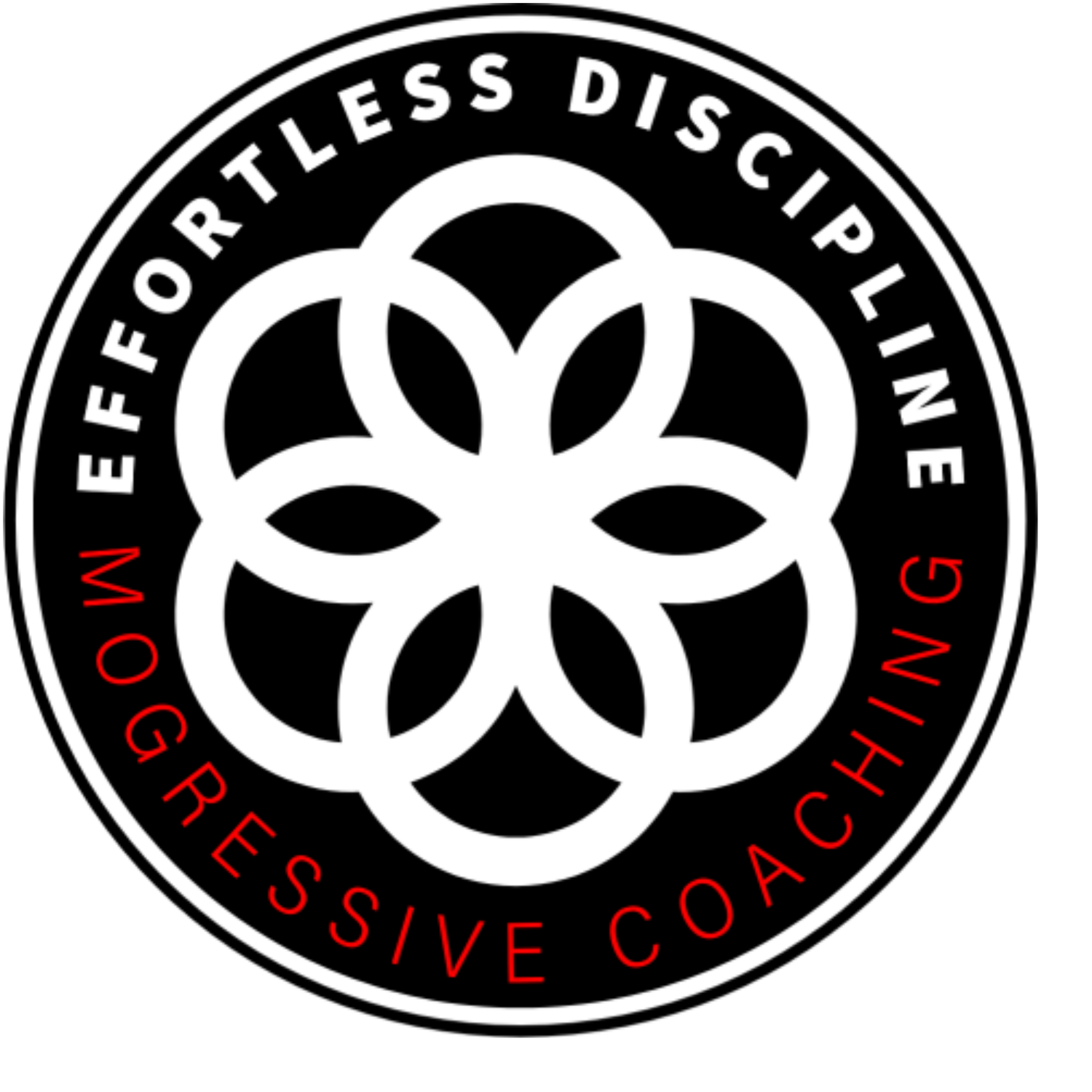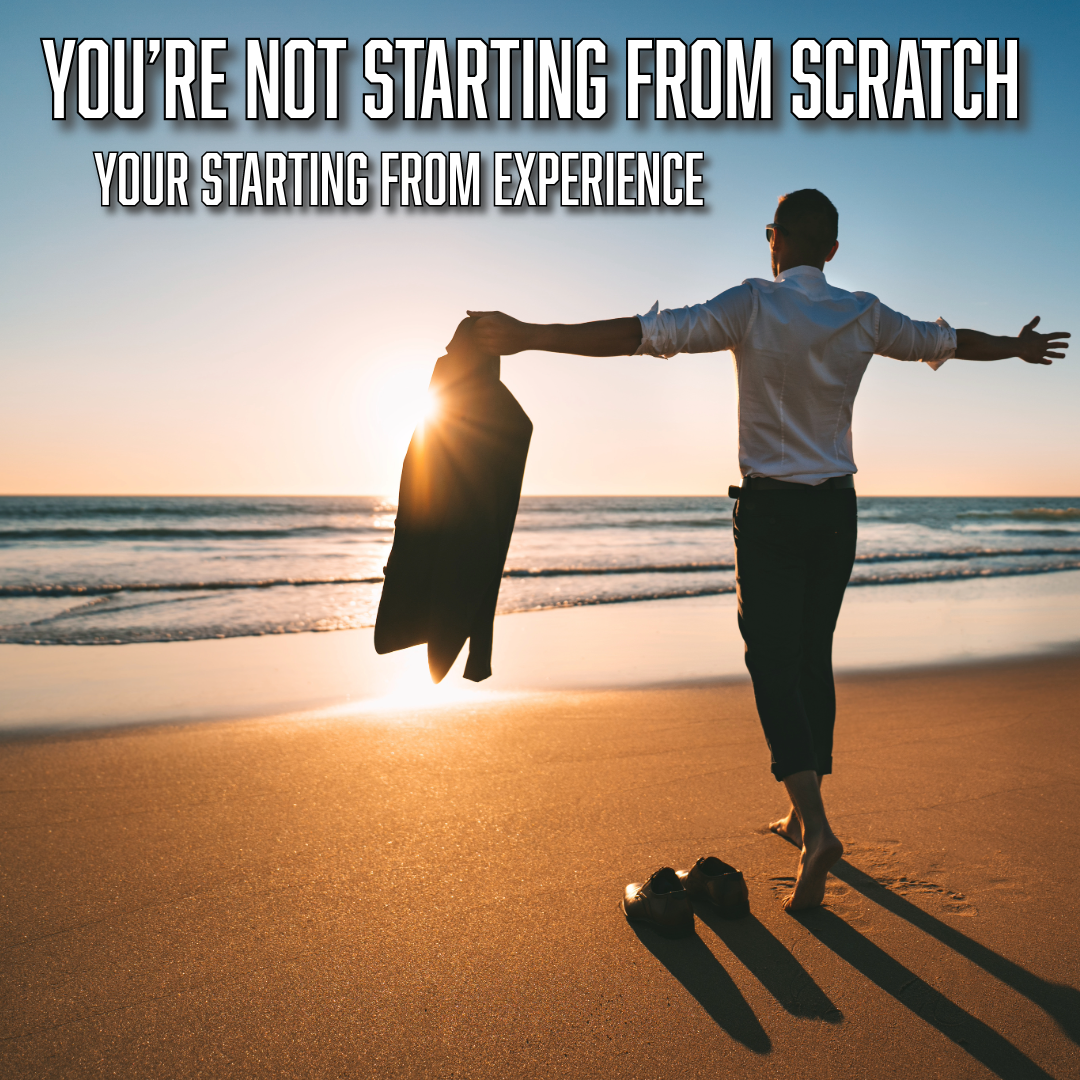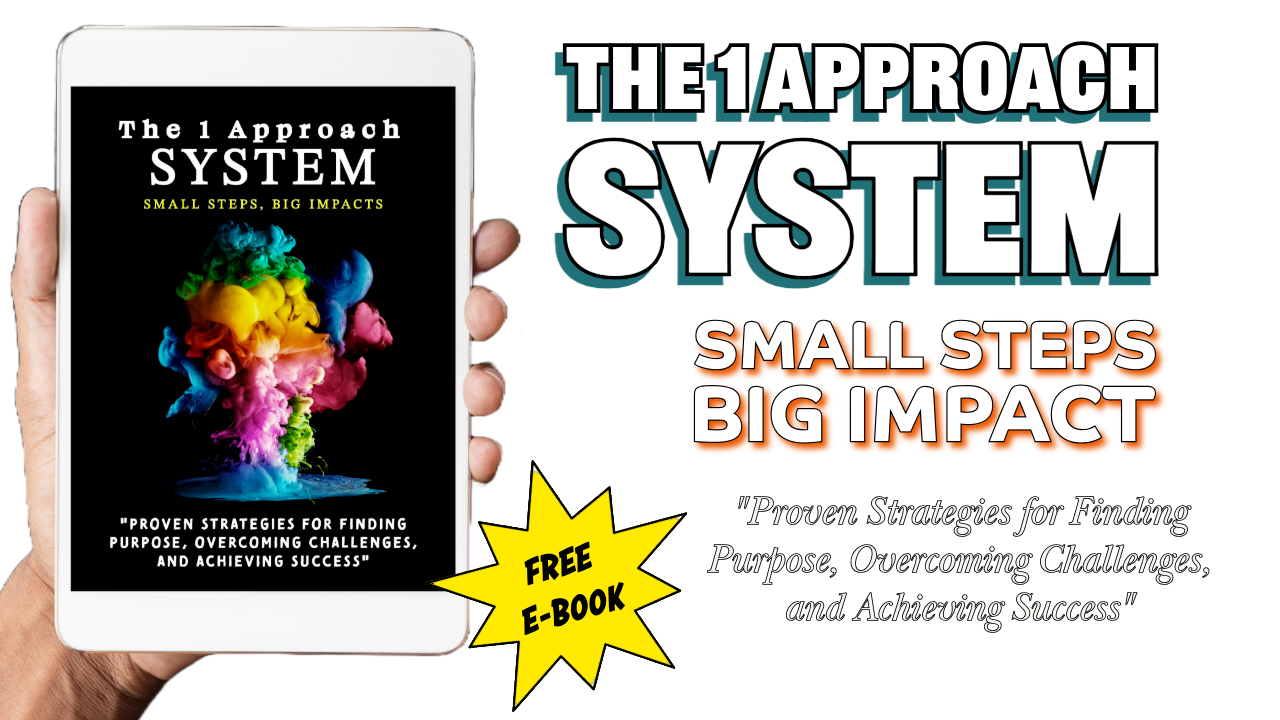How To Step Out of FEAR & Walk With Confidence
Moving Forward Without Imagined Limits
Imagined fears will always be a part of life, but we don’t have to let them run the show. By learning to identify these fears, putting them in perspective, focusing on what we can control, and viewing failure as a path to growth, we can start to reclaim our freedom and live with more courage and purpose.
Remember, 85% of what we fear never happens. So, what could your life look like if you stopped letting these “what-ifs” shape your reality? Imagine the possibilities if you approached each day with a mindset of courage, seeing fears as something to step through, not to shrink away from. You might just find that life on the other side of fear is more fulfilling than you ever imagined.
Where Fear Comes From: The Role of Past Experiences and Memory
Fear doesn’t appear out of nowhere—it’s deeply rooted in our past experiences, both the good and the bad. Our brains use memory as a tool for survival, drawing on past events to make sense of new situations. This process, known as the law of association, is our mind’s way of linking unfamiliar experiences to those we’ve already lived through. When we encounter something new or uncertain, our brain automatically searches for anything similar from our past to help us understand it.
But here’s where things get tricky: our brain doesn’t just pull up past victories; it often brings up times we’ve been hurt, disappointed, or afraid. When faced with something unknown, it’s natural for the mind to recall negative experiences, as a way to “protect” us from similar outcomes. Without us even realizing it, this association process can transform new opportunities into threats, filling us with caution or fear instead of curiosity or excitement.
For example:
Veterans may associate civilian life with unfamiliarity and risk, especially if their past experiences in structured environments were vital to their identity and safety. This can create a natural hesitancy to explore or embrace new roles.
Self-Growth Seekers may remember past failures or setbacks, causing them to feel that new ventures will lead to the same disappointment. This keeps them safe in their comfort zones, even when they’re longing for more.
College Students might recall past struggles in academics or social situations, making them worry about failure in future challenges, instead of embracing the freedom to learn and grow.
This automatic association is our brain’s way of keeping us safe, but it can also limit us if we’re not mindful of it. Instead of encouraging us to step out and experience new things, it nudges us to stay where it’s comfortable—where there’s no perceived risk of failure or discomfort.
Breaking Free from This Cycle
Understanding where fear comes from is the first step in loosening its grip. When we realize that much of our fear is a leftover reaction from past experiences, we can begin to challenge it. Fear doesn’t necessarily mean something is dangerous; often, it simply means something is unfamiliar. Recognizing that these associations are just memories—not facts—can give us the courage to take that next step forward.
When you feel a fear creeping in, try asking yourself:
"Is this fear based on something that’s actually happening now, or is it a response to a past experience?"
"What’s the worst that could realistically happen, and is it worth letting that stop me from what I really want?"
By questioning your fear and understanding its roots, you give yourself the power to see beyond it. Moving past these imagined limits can open doors you didn’t even realize were there. Instead of letting your past define your present, you can choose to redefine what’s possible, creating a life that aligns with your true potential.
Thought-Provoking Questions to Spark Self-Reflection and Journaling
As we begin to understand where our fears come from and how they influence our choices, it’s essential to take time for self-reflection. Journaling can be a powerful tool for digging deeper into what holds us back and helping us develop a more conscious, self-aware mindset. Here are a few questions to help you start exploring your thoughts and emotions on a deeper level:
"What fears are keeping me in my comfort zone instead of pushing me toward what I really want?"
Reflecting on this question can help you identify where imagined fears might be limiting your growth and what small steps could help you move past them."What are the ‘what-ifs’ that have been holding me back, and what would my life look like if I stopped letting them control me?"
Imagining a life free from “what-if” worries can clarify the opportunities that may open up if you stop letting fear make your decisions."What does courage mean to me personally, and how can I practice it in small ways to break free from limiting beliefs?"
Defining courage in your own terms can empower you to act with intention and push beyond your comfort zone."What’s one small step I can take today to challenge an imagined fear and move closer to the life I want?"
Focusing on a single, manageable step can make a big difference in overcoming fear, giving you the confidence to take more steps as you go."If I lived life my way, without worrying about what others think, what would I start doing differently?"
Visualizing your life without external pressures can inspire a more authentic approach to decision-making and help you prioritize what truly matters to you.
These questions are a starting point for deeper self-awareness. By journaling your thoughts and revisiting them regularly, you’ll gain clarity on your fears, motivations, and the areas of your life that could benefit from a shift in perspective. Remember, it’s about progress, not perfection. Small steps toward understanding yourself can lead to meaningful, lasting change, helping you live a life that’s less controlled by fear and more aligned with your true self.




